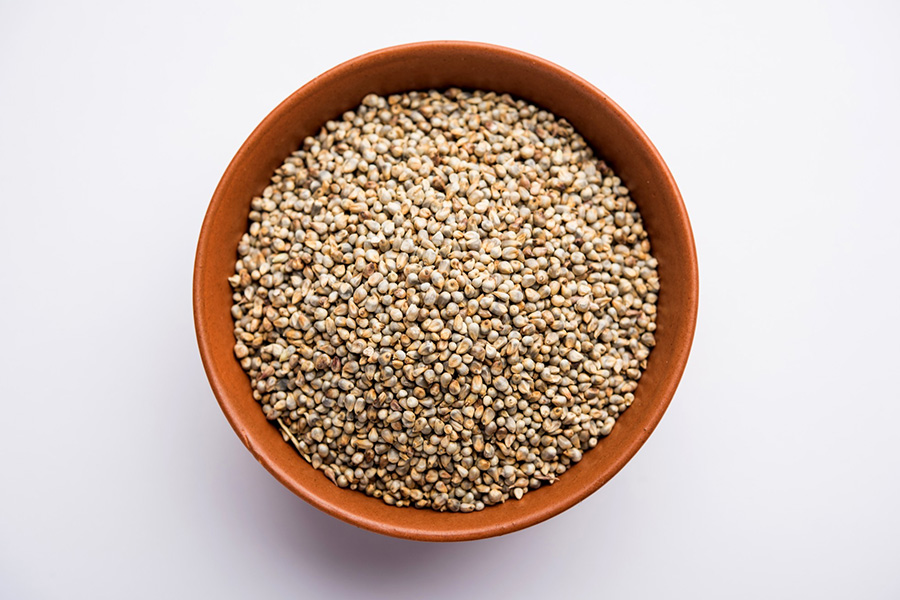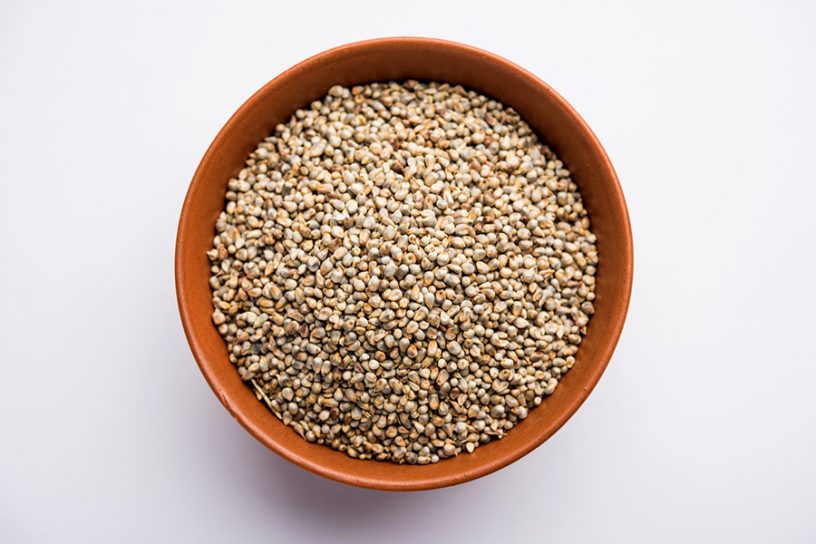
The re-adoption of millets in the global food supply can help achieve many UN Sustainable Development Goals at one go.
Authors
Prabhuroop Kaur, Student, Jindal School of Environment & Sustainability, O.P. Jindal Global University, Sonipat, Haryana, India.
Gobind Singh, Associate Professor, Jindal School of Environment & Sustainability, O.P. Jindal Global University, Sonipat, Haryana, India.
Summary
Megasthenes visited India some 2,300 year ago and recorded his observations in the book Indika. His records show that millets were one of the main crops grown in ancient India and popular among the masses. The G20 delegation that visited India this year may have a similar account to narrate. The eighteenth G20 summit, hosted by India under the theme “One earth – One family – One future”, promoted millets as a sustainable and healthy option.
Millets were discussed during different G20 events and also served as part of the fusion cuisine. Millets are nutrient-rich superfoods that include diverse small-seeded crops like sorghum (jowar), pearl millet (bajra) and finger millet (ragi). They have the potential of feeding the increasing population without causing significant harm to the environment.
Millets have been part of our diet since ancient times and were recently dubbed as Shree Anna or the best among all grains. 2018 was declared as the national year of millets by India, and 2023 has been declared as the international year of millets by the United Nations at the behest of India. India took a number of initiatives as part of the G20 presidency to promote millets.
In February 2023, during the G20 Agriculture Deputies’ meeting, India called on G20 nations to adopt the 3S strategy of smart and sustainable agriculture that can serve everyone. A month later, the Government of India organised a global millets (Shree Anna) conference.
The conference served as a platform for knowledge-exchange on agricultural best practices related to millets. In April 2023, the G20 Meeting of Agricultural Chief Scientists took place in Varanasi and extended whole-hearted support to India’s MAHARISHI or millets and other ancient grains international research initiative proposal. India is the largest producer of millets in the world accounting for nearly 20 per cent of the global production; promoting millets is certainly in India’s interest.
Published in: The Statesman
To read the full article, please click here.


